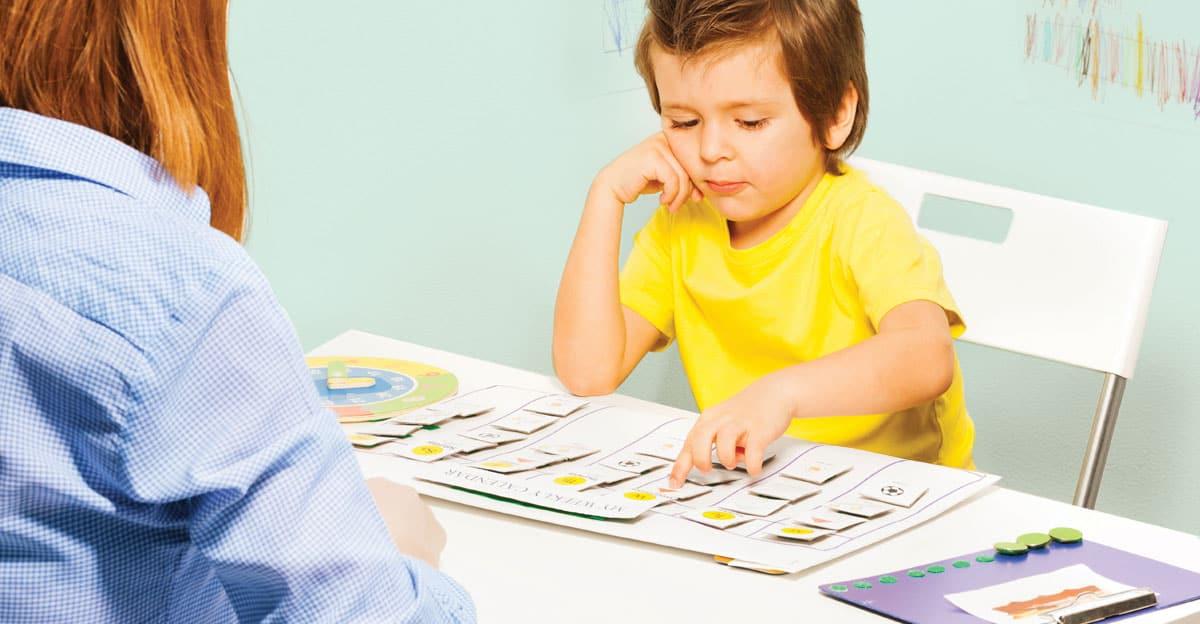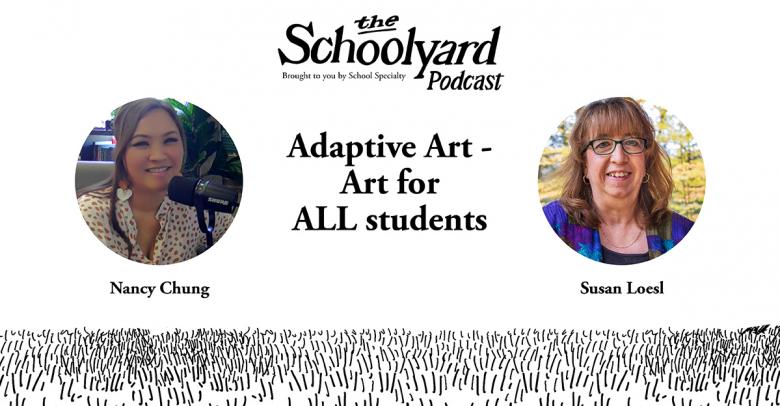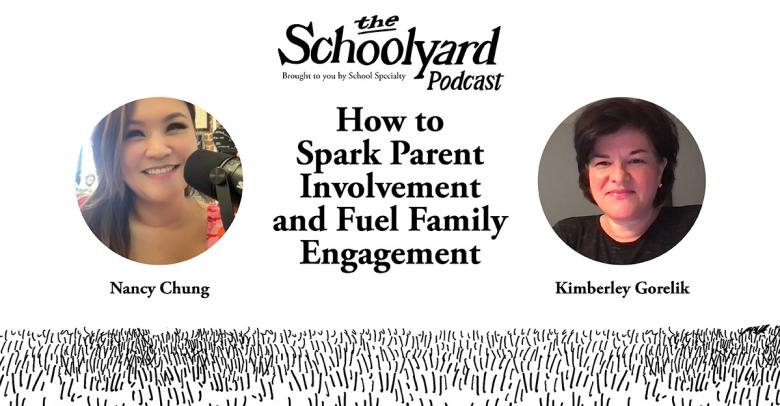Kudos to the teachers and school districts that have rapidly shifted from onsite and classroom education to home and remote learning options. We salute your creativity, flexibility, and ferocity in getting this done! Adapting to this change is stressful for all, but for students with special needs we know that these changes, transitions, and unexpected events can be especially difficult as it may provoke anxiety, confusion, withdrawal, explosive behaviors, and meltdowns.
One of the best tips from therapists and special education teachers alike is to implement the use of visual supports. For neurotypical students, research shows that an agenda of the day’s lesson helps take the unknown out of what is going to happen that day and makes learning more relevant. For children with special needs, this is a critical component as it may help process sensory information more accurately as different parts of the brain are activated. “Researchers have shown that teachers can use visual supports to successfully assist students with ASD (and other disabilities) who struggle with social inter-actions, behavioral challenges, organization, transitions from one activity to another, and communication difficulties.” (CEC: Using Visual Supports with Young Children with Autism Spectrum Disorder)
For example, verbally telling a child that “You have 15 minutes left to play outside before we start our math lesson” may not have any reference if the child has poor auditory processing skills and/or does not know how to tell digital or analog time. By adding a visual support, such as a Time Timer, the time concept become more concrete with the color (red in this example) disappearing as the timer counts down. These also come with the option of an on/off soft auditory alarm so it reduces the hassle and noise of a ticking clock or buzzer which may be sensory overload for some, such as students on the autism spectrum.
A visual schedule of daily events is also essential. Depending on the child’s age and intellectual level, start with 1-2 pictures and then work up to a full day of activities. Visual schedules are key to help the student comprehend what activity is taking place, what activity is next, and when a task is completed. According to experts, hallmarks of a good visual schedule can include actual photographs, picture symbols, or actual objects that represent the activity. Post the schedule in a prominent place such as a kitchen, bedroom, or study. The SchKIDules Visual Schedule Magnets Set has over 132 activity subjects (computer time, arts & crafts, wash hands, etc.) along with 21 headings (morning, afternoon, evening, To Do, First-Then, etc. ) that will adhere nicely to a kitchen refrigerator or magnetic surface. Adding an image or picture for a surprise option is also recommended for unexpected changes in the day that may pop up. Use the surprise option to introduce and hopefully soften the difficulty of transition with the change. Using a favorite action hero or other iconic figure that has personal meaning to the child may help with smoother transitions.
Finally, consider using visual support tools to help manage emotions and feelings. Some children may have trouble with pragmatic social skills so they can’t read or understand the physical cues of a happy face, sad face, angry face, etc. Other children may be unable to verbalize their feelings. Supports like these Emotion Stones or Sentence Starters provide additional sensory input that may help with receptive and expressive communication skills. If wants, needs, and feelings can be met, then it may avert a frustration meltdown.
Adding visual supports to everyday activities is an essential component in helping a child with special needs thrive while at home. Browse our online store for other inspiring solutions.
Cecilia Cruse
Cecilia Cruse, MS, OTR/L has a BS degree in Occupational Therapy from the University of Florida, and her Master’s degree in Education from Georgia State University. She is SIPT certified and has over 25 years’ experience in pediatrics with school-based services, acute care, and outpatient pediatric settings.
Read more posts by Cecilia Cruse–>







Leave a Reply